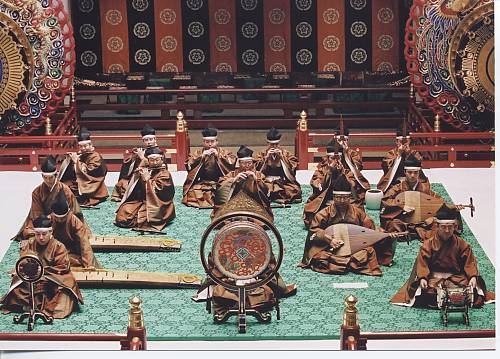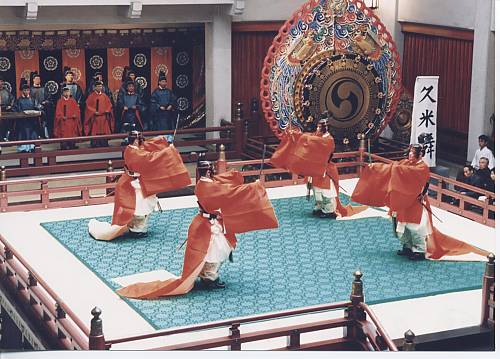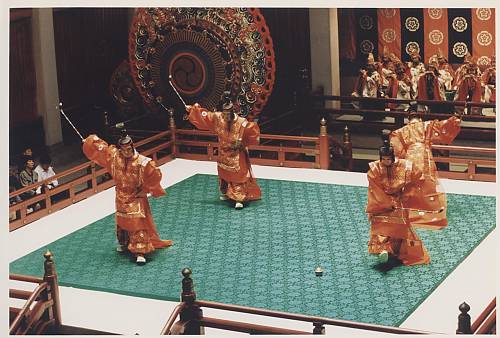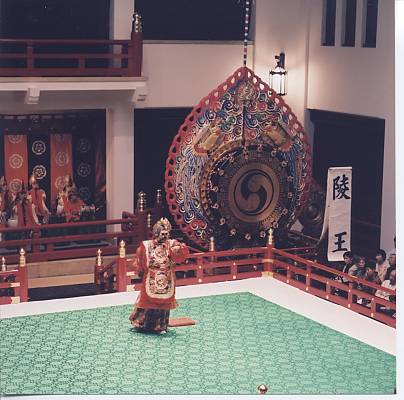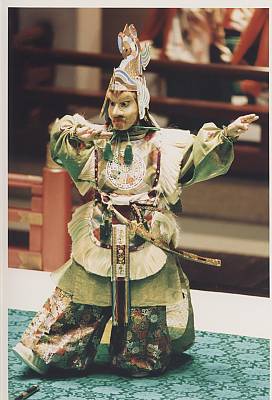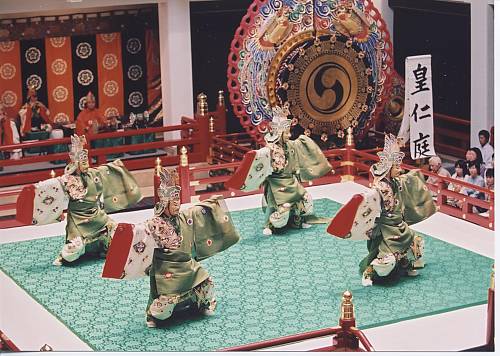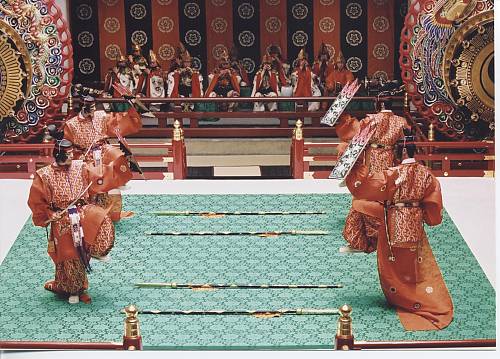Gagaku
Inscribed in 2009 (4.COM) on the Representative List of the Intangible Cultural Heritage of Humanity
Gagaku, characterized by long, slow songs and dance-like movements, is the oldest of the Japanese traditional performing arts. It is performed at banquets and ceremonies in the Imperial Palace and in theatres throughout the country, and encompasses three distinct arts. The first, Kuniburi no Utamai, features ancient Japanese songs, partial accompaniment by harp and flute and simple choreography. The second consists of instrumental music (especially wind instruments) and a ceremonial dance developed on the Asian continent and subsequently adapted by Japanese artists. The third, Utamono, is danced to vocal music whose texts include Japanese folk songs and Chinese poems. Influenced by the politics and culture of different periods over its long evolution, Gagaku continues to be transmitted to apprentices by masters in the Music Department of the Imperial Household Agency, many of whom are the descendants of families with deep roots in the art. It is not only an important cultural tool in confirming Japanese identity and a crystallization of the history of Japanese society, but also a demonstration of how multiple cultural traditions can be fused into a unique heritage through constant recreation over time.

